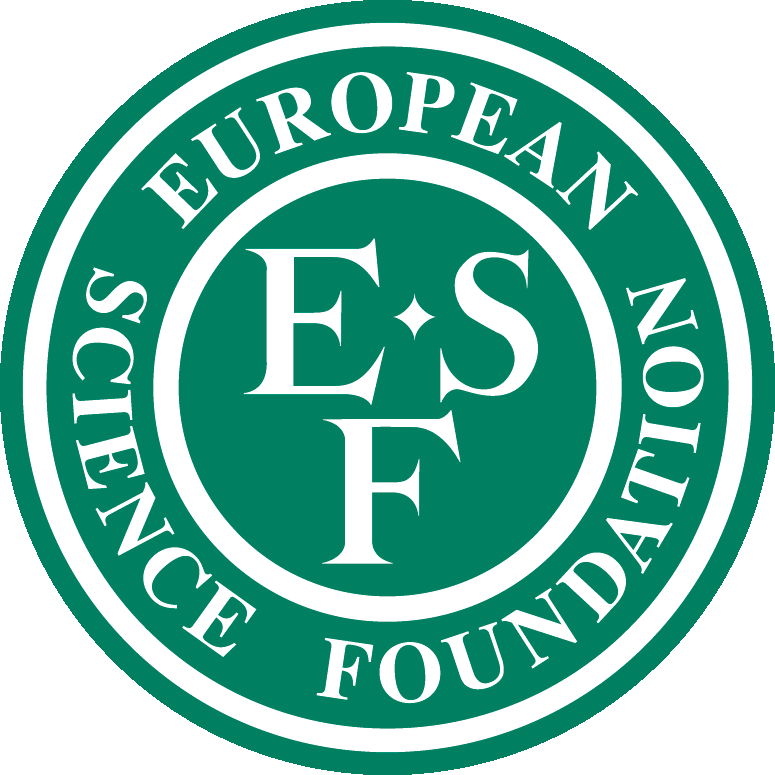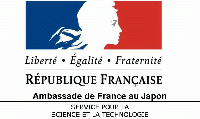
Physics of Molecular Machines
Joining theory and experiments
May 22 - 26, 2006
Organisers: Naoko Nakagawa (Ibaraki University, Japan), Claudia Veigel (National Institute for Medical Research, London, England), and Michel Peyrard (Ecole Normale Supérieure de Lyon, France)
Scientific advisors: Christian Van den Broeck (Limburgs Universitair Centrum, Diepenbeck, Belgium) Toshio Yanagida (Osaka University, Japan)
Scientific motivation:
The process by which
molecular motors operate appears as an extreme example of the ability
of proteins to exhibit very large, concerted, conformational changes
for a well defined biological purpose. It
is particularly challenging to understand.
Understanding the physics of molecular machines
is not only a tantalising goal by itself, but also a possible pathway
to understand how many proteins perform their function.
In the last few years, studies of molecular motors have progressed in
two directions.
The development of experimental methods to manipulate and visualise
single molecules has been remarkable and it has
allowed a precise exploration of some of their properties.
On the other hand theory has developed various tools for these systems
which are operating on a scale where the thermal fluctuations cannot
be ignored, and are even an integral part of the process.
This workshop, co-organised by
theoreticians and experimentalists, intended to improve the contacts
between the two viewpoints. It included long lectures by
theoreticians and experimentalists.
Lecturers:
Contacts:
Approved by the Biophysical Society of Japan

Support:

|

|

|

|
| European Science Foundation (Stochdyn program) |
British Biophysical Society | Service pour la Science et la Technologie
de l'Ambassade de France au Japon |
Centre National de la Recherche Scientifique |
The Physics School in Les Houches is affiliated to the University Joseph Fourier and National Polytechnical Institute in Grenoble. It is subsidized by the French Ministry of Education and Research, the CNRS, and the CEA.